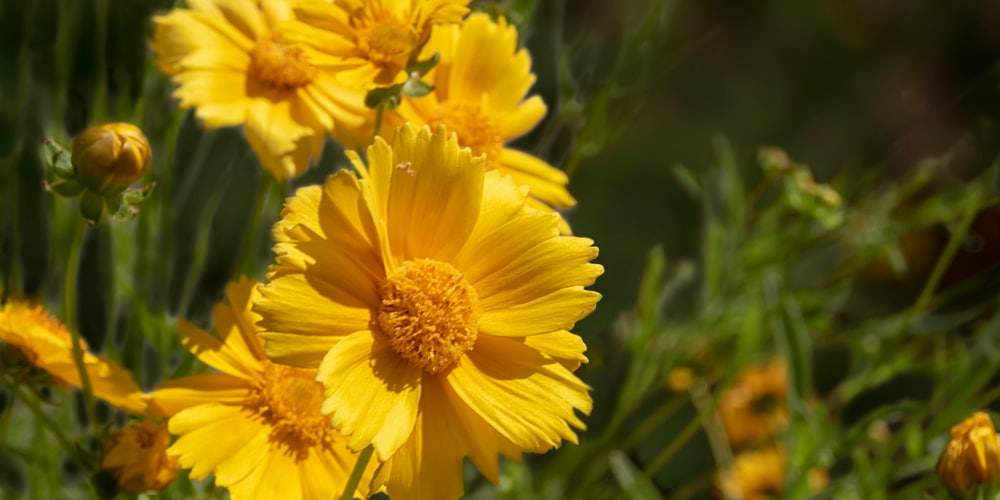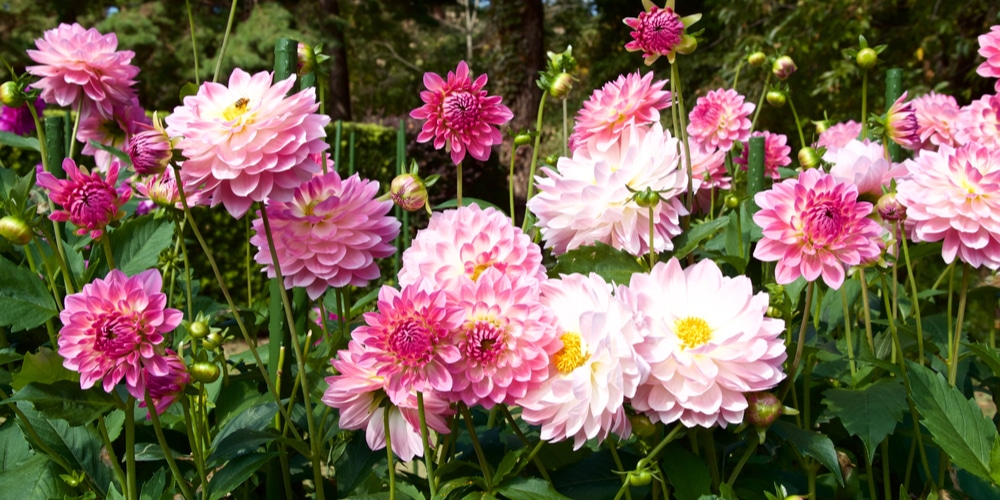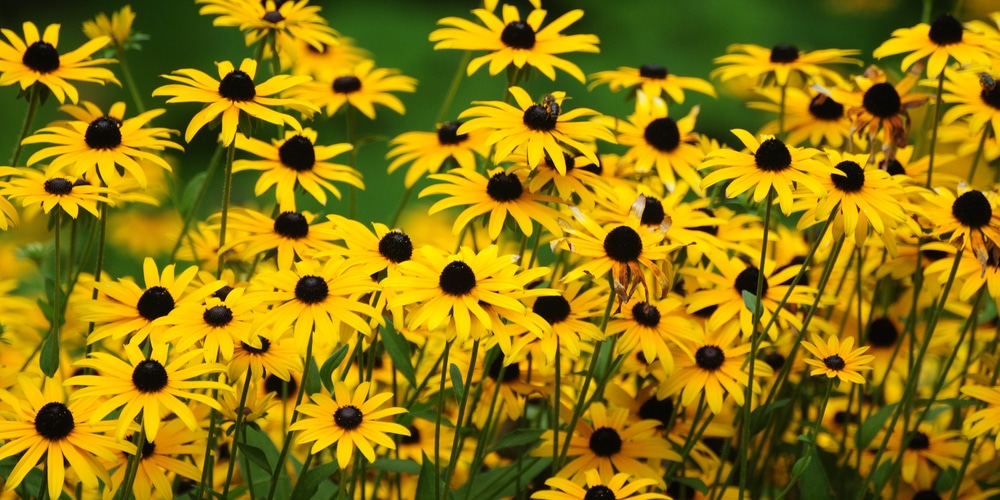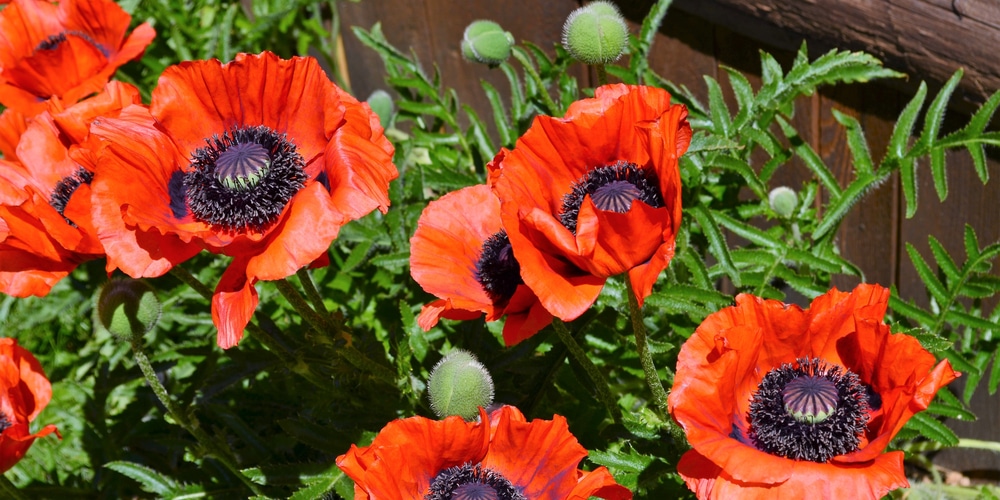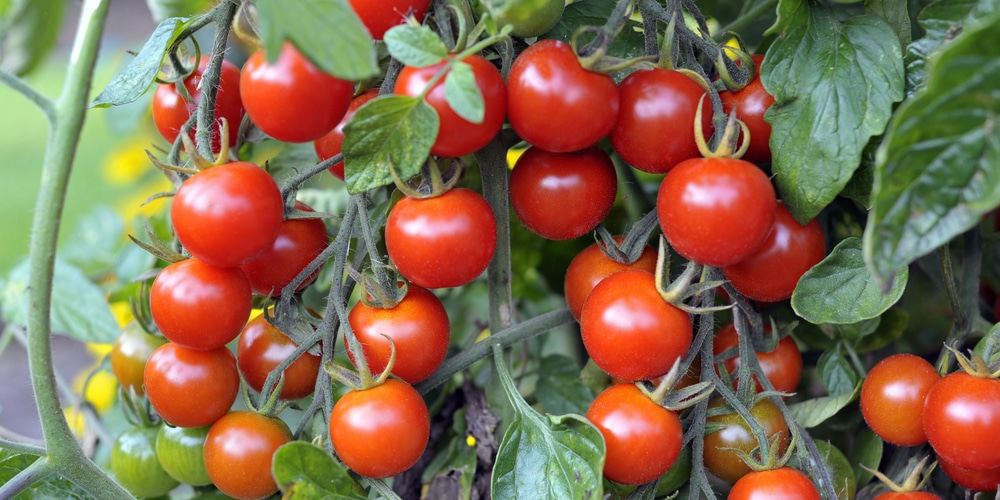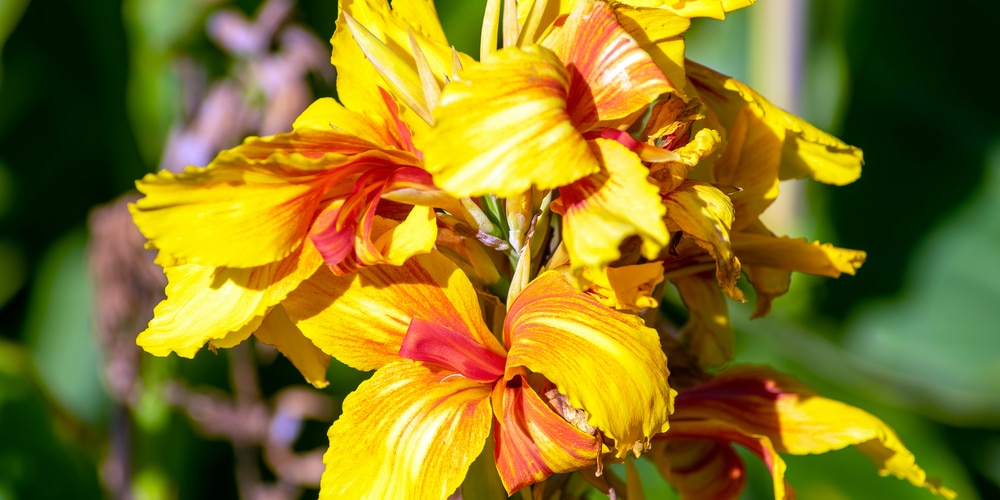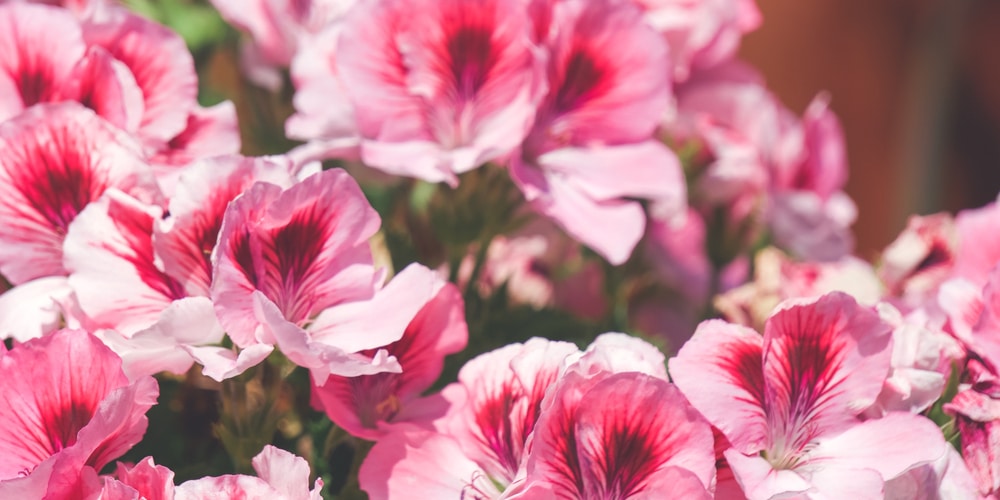Cosmos are gorgeous and vividly colored annual flowers that will bloom during the summer and attract plenty of beneficial pollinators (including butterflies, bees, and even some birds) to your garden.
But what if you don’t have space to grow your flowers directly on the ground? Don’t worry: cosmos will perform well even in containers! These plants are versatile and adapt to various conditions, including poor-quality soil. However, as with most plants, they will do much better with suitable companion plants.
And if you want to learn what to plant with cosmos in pots, keep reading! We have put together a list of the best companion plants for cosmos so that you can take some inspiration and choose one that suits your taste (and your USDA hardiness zone).
What to Plant with Cosmos in Pots?
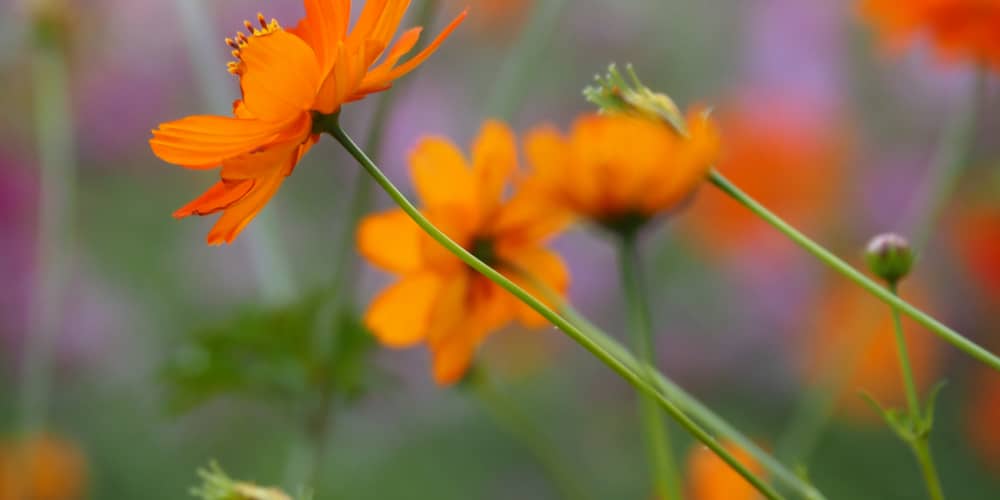
While many people use companion planting for vegetable gardens, you can use this practice for growing flowering plants. After all, this system helps you optimize your space, contribute to reducing pests and weeds and allow plants to thrive in a symbiotic relationship.
Companion planting comes in handy for potted plants: the constrained environment calls for doing all you can to improve your plants’ growing conditions.
So, here is a list of some of the best companion plants for your cosmos. Keep in mind that most flowers will grow well with the cosmos. So, your ultimate choice will come down to your preferences.
Marigolds
Marigolds will thrive in similar conditions as cosmos plants do. Both are native to Mexico and Central America and have the same growing habits. While the cosmos don’t attract many pests, they struggle with aphids.
Marigolds are known to deter these insects, which always come in handy. Additionally, the two together look gorgeous, which is another plus to companion planting with marigolds!
Dahlias
Both dahlias and cosmos produce long-lasting blooms. Because they look similar, they can enhance your space by adding a splash of color to wherever you decide to place your pot.
Unleash your creativity and find the combinations that best suit your preferences! The two plants don’t need much attention from your side, besides protection from strong winds and deadheading to encourage blooming.
Black-eyed Susans
If you want to create an attractive contrast in your garden (or porch, or wherever you plant to locate your container), you should consider planting cosmos with black-eyed Susans. These two plants won’t compete for nutrients and require similar conditions to thrive.
Poppy
Another excellent companion plant is the poppy flower. You can find this plant in annual, biennials, or perennial varieties. Regardless of the one you choose for your pot, they won’t require additional care if you plant them with cosmos.
Tomatoes
If you want to grow your vegetables but you don’t have a garden, you can choose species that will thrive in containers. Tomatoes are one of them. And to get the most out of them, you can pair them with cosmos plants.
Your balcony (or porch) will look better (thanks to the colorful flowers that the cosmos produce), and your tomatoes won’t have any issues with aphids. Indeed, your cosmos will work as baits.
Additionally, since the cosmos attract plenty of beneficial pollinators, you won’t have to worry about getting harvests on your tomatoes.
Cannas
Cannas are tall and sturdy plants that also grow well around the cosmos. You can mix and match their varieties to create colorful combinations to make your balcony more lively. If you don’t want to deal with a tall plant, consider getting a dwarf variety.
Hardy Geraniums
Hardy geraniums are excellent companion plants to cosmos. You can combine them with white cosmos for an attractive contrast. The two will support each other in their growth and increase the appeal of your space.
One of the best combinations includes using blue geranium varieties and white cosmos: the aesthetic effect will be stunning!
How to Grow Cosmos in A Container
Growing cosmos in a pot isn’t a challenging task. However, you’ll have an easier time following a couple of steps. To begin with, you should choose a container that is at least 12 inches in diameter, with adequate drainage holes.
Use well-draining and fertile soil for best results. Don’t forget to remove dry foliage and deadhead flowered to encourage the production of more blooms during the growing season.
Related Article: What to Plant with Cannas in Zone 5
